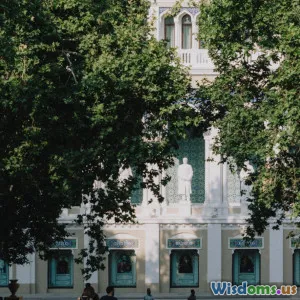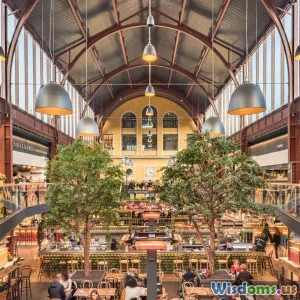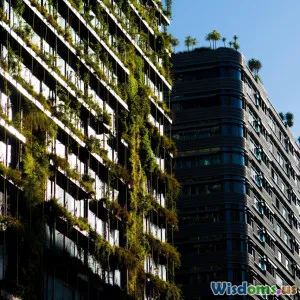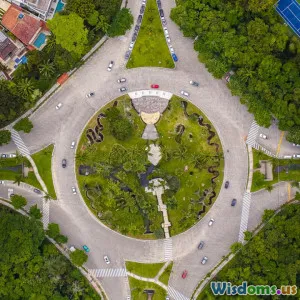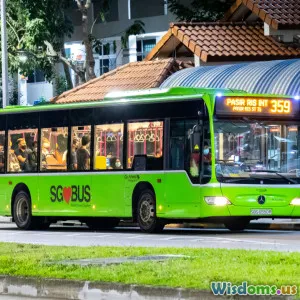
Why Public Transport Is Key for Urban Eco Friendliness
14 min read Explore how public transport drives eco-friendly urban development by reducing pollution, traffic, and carbon emissions. (0 Reviews)
Why Public Transport Is Key for Urban Eco Friendliness
Urban environments face mounting challenges as populations grow and environmental concerns escalate. While technological innovation and urban development have transformed cities, they've also introduced problems—congestion, air pollution, and ever-increasing carbon emissions, just to name a few. Amid these issues, public transport emerges as a powerful solution, underpinning eco-friendly city living.
Public transport is not just a means to get from one side of a metropolis to another. It's a backbone that supports sustainable growth, community connection, and environmental stewardship. Let's explore why robust public transportation systems stand at the heart of green urban futures.
Cleaner Air, Healthier Cities
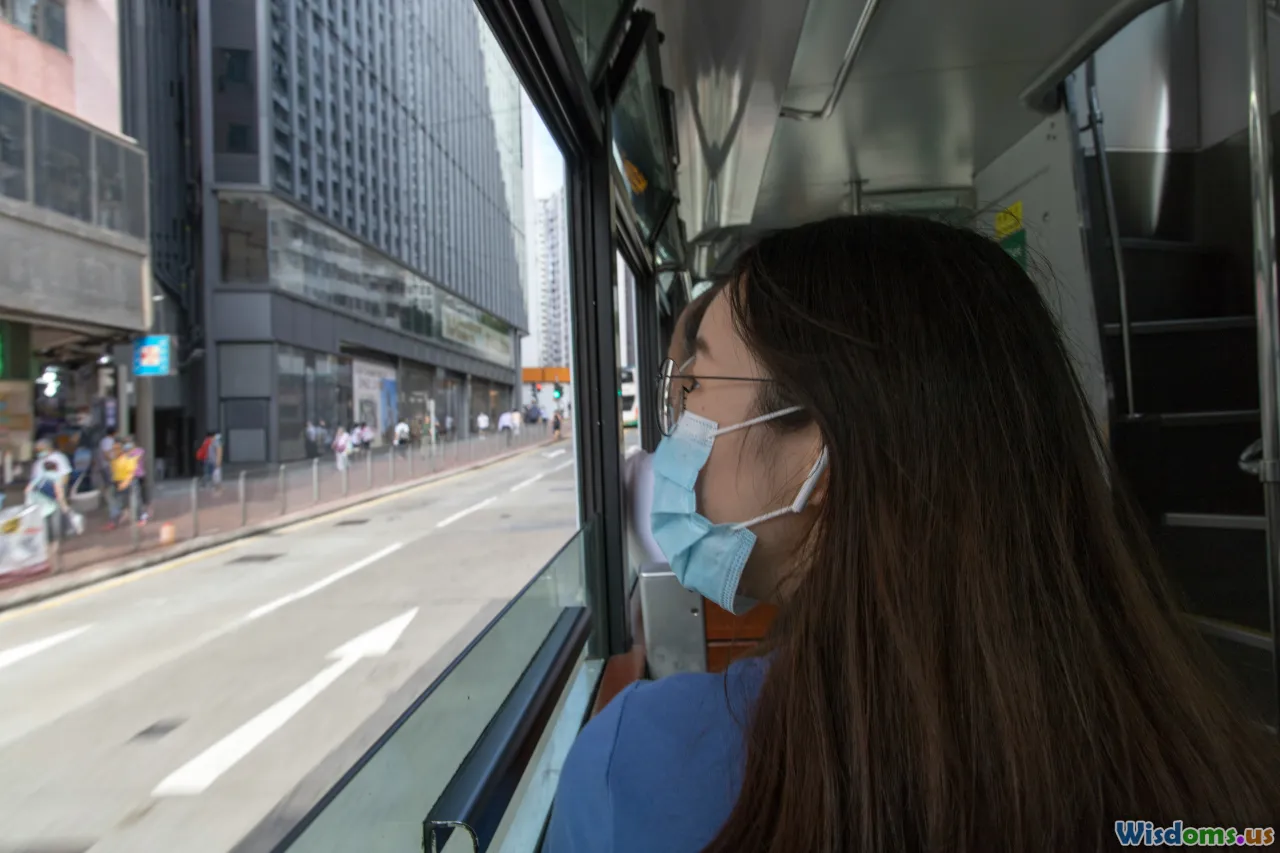
The direct environmental benefits of public transit cannot be overstated. In cities that invest in comprehensive bus and rail systems, residents collectively cut tens of thousands of car trips daily. This shift has a tangible effect on air quality.
Consider Los Angeles: Once the smog capital of America, L.A. saw markedly cleaner air following the expansion of its Metro rail and bus fleet, which carries about 1.2 million passengers on a typical weekday. Researchers estimate that eliminating a single car trip reduces nearly a pound of carbon dioxide emissions, along with particulates that contribute to asthma and heart disease. Multiply that number by millions of metro riders, and the benefit is clear.
Further, modern public transport increasingly relies on alternative fuels and electrification. Cities from Shenzhen to Paris have begun deploying entire fleets of electric buses, leading to further air quality improvements and reduced dependence on fossil fuels. In 2021, Shenzhen’s 16,000-bus fleet—all electric—was credited with eliminating 1.35 million tons of carbon emissions annually, a milestone echoed by cities worldwide transitioning their fleets.
Resource Efficiency and Congestion Relief
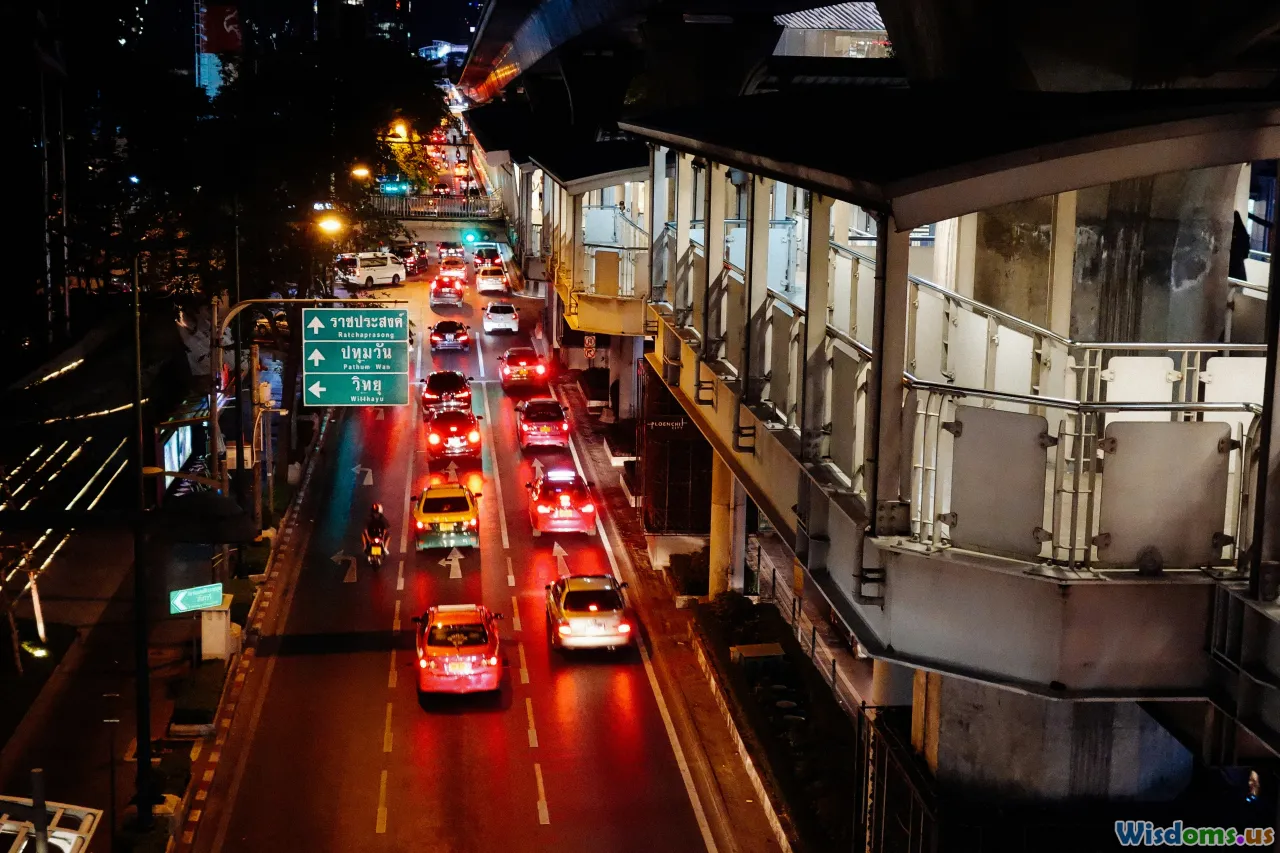
Efficient land and energy use are hallmarks of green urbanism, and here public transit shines. Think about the number of privately occupied vehicles clogging highways, especially during peak hours. Public transport modes—whether buses, trams, or subways—can carry far more passengers than the equivalent roadway space filled with single-occupancy cars.
- A standard bus: Can replace 40 to 50 cars.
- A single subway train: Can move up to 1,500 people—equivalent to a caravan of over 1,000 cars, but using a fraction of the space and energy.
Cities like Singapore and Tokyo illustrate the principle: by designing with transit at the core, they limit street congestion and free up space for parks, cycling lanes, or public plazas. As a result, both cities frequently top worldwide livability and sustainability rankings.
It’s also a matter of time and productivity. The Texas A&M Transportation Institute found that in metro areas with well-used transit, commuters save an average of 20 hours annually otherwise lost to gridlock. Less time idling in traffic means less fuel wasted, fewer emissions, and happier city dwellers.
Urban Design: Rethinking Space Around People
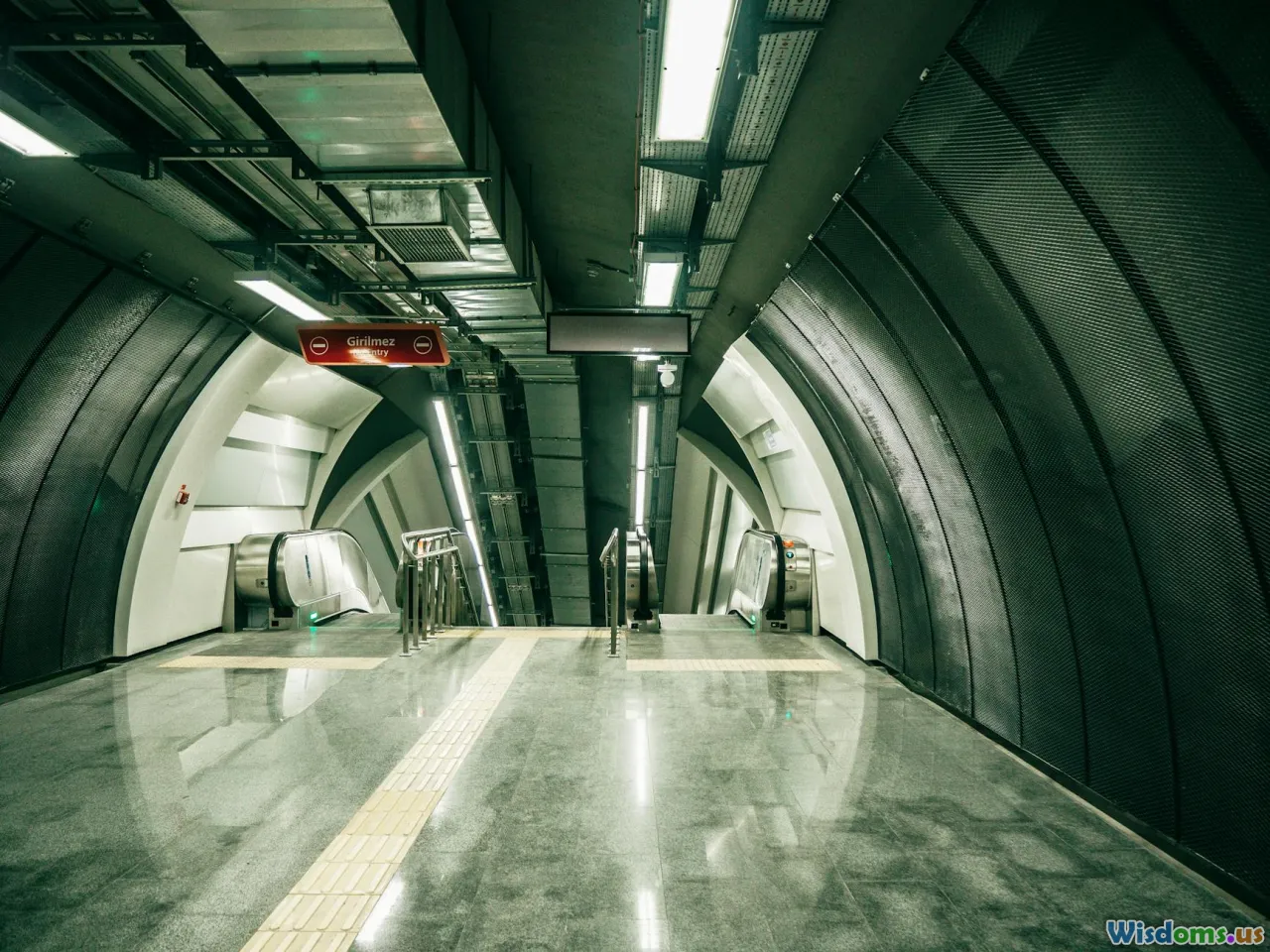
Public transport transforms not just how people move, but how entire neighborhoods are designed. Transit-oriented development (TOD) is a planning approach that places residences, shops, offices, and recreational spaces within walking or cycling distance of bus stops or rail stations. This reduces the need for car ownership and creates vibrant, mixed-use districts full of life at all hours.
Examples abound:
- Curitiba, Brazil: The city’s world-recognized Bus Rapid Transit (BRT) system supports high-density, pedestrian-centered growth along major corridors—even inspiring similar projects in cities like Bogotá and Istanbul.
- Stockholm, Sweden: Integrates the metro with well-designed cycling and walking paths, leading to "15-minute neighborhoods" where daily needs are easily met without a car.
Rethinking urban space around transit nodes shrinks the city’s carbon footprint, boosts property values, and increases access to jobs and culture, all while promoting healthier lifestyles. Fewer cars mean more public parks, less need for noisy, polluting parking lots, and new opportunities to reconnect with urban nature.
Economic Efficiency and Equity
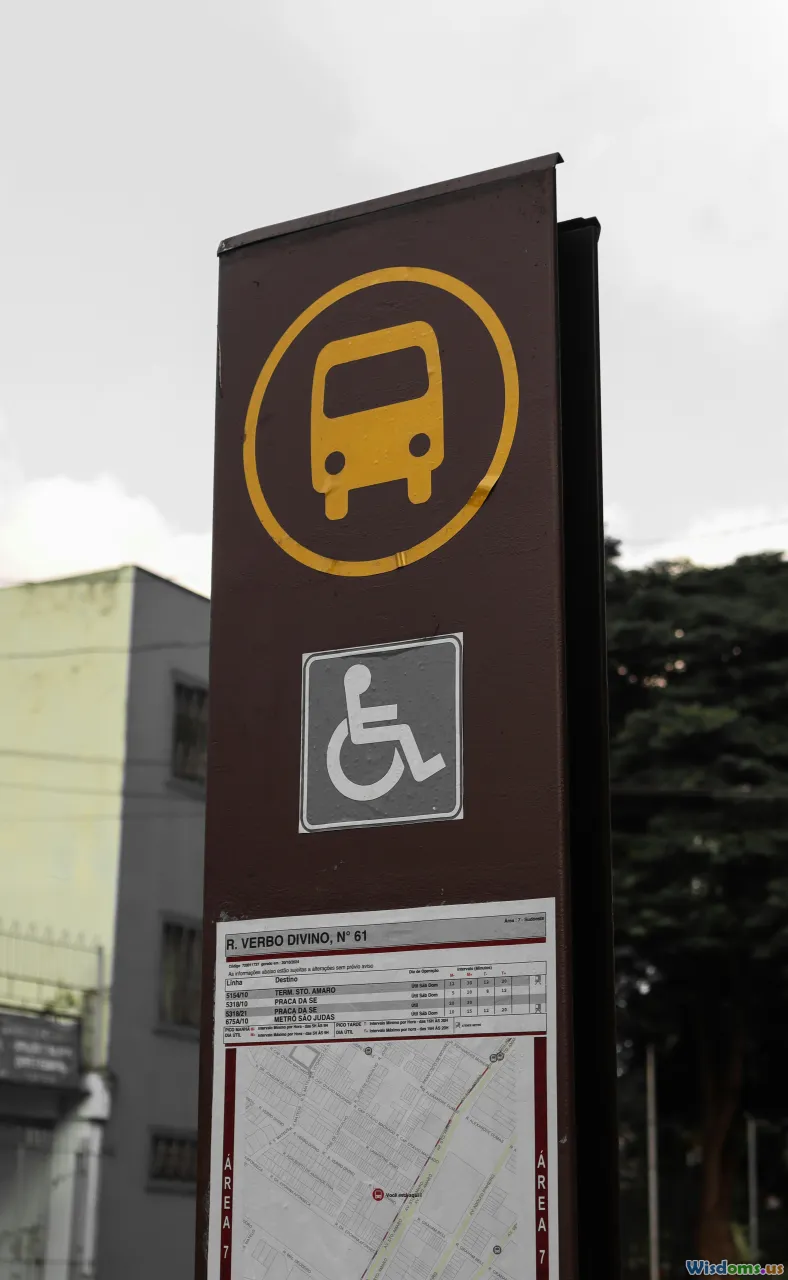
Operating and maintaining public transit does cost money, but when examined holistically, it's an economical choice for growing cities. Transit is far less expensive to develop and sustain than constantly widening highways or building new car infrastructure. For every dollar invested in public transport, communities reap up to $4 in economic returns according to the American Public Transportation Association (APTA).
Moreover, public transit levels the urban playing field:
- It allows lower-income individuals to reliably access jobs, schools, and health care without the high costs of owning a car (insurance, fuel, maintenance).
- Seniors, students, and people with disabilities gain mobility and independence.
- Cities see improved economic resilience, as more residents can participate in and contribute to the local economy.
For instance, Vienna, Austria’s €1/day annual transit pass has not only slashed commuter expenses but has also helped double ridership and cut inner-city traffic sharply since 2012, all while improving air quality and social inclusion.
Technology, Innovation, and the Future of Urban Mobility
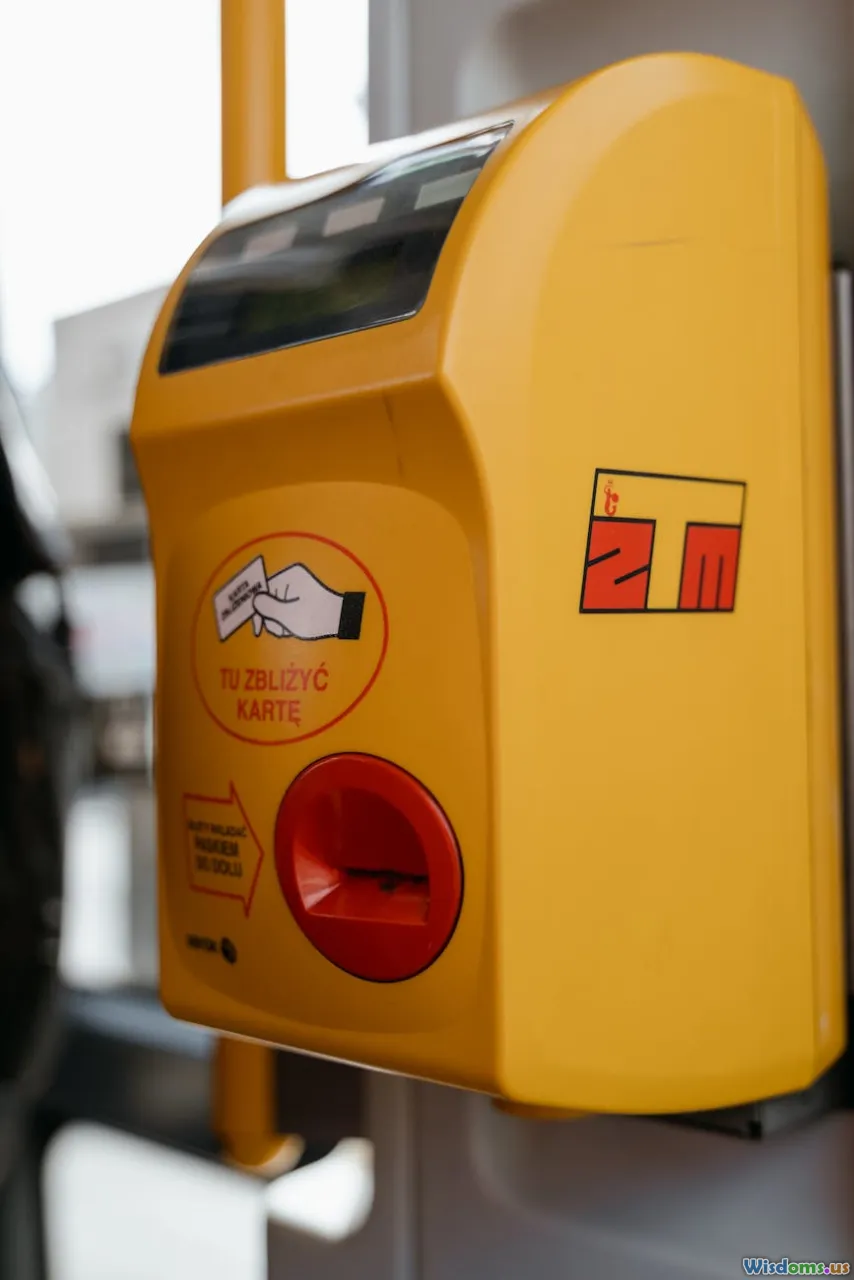
Innovation has supercharged public transport’s green potential. Real-time GPS apps make multimodal journeys seamless and predictable—no more guessing when the next bus will arrive. Cashless fare payments and contactless cards have streamlined access, while sophisticated planning software improves routing and reduces vehicle downtime.
Electric buses, driverless metros, and hydrogen-powered trams are now realities in leading cities. Look to China, where not just Shenzhen but scores of cities plan fully electric bus fleets by 2030, or to London and Vancouver, piloting hydrogen double-decker buses. Such advancements drastically cut urban noise pollution, greenhouse gas output, and dependence on finite resources.
But technology benefits more than just the environment: it also boosts reliability, further incentivizing public use. For example, Berlin's BVG system connects train, tram, and bus timetables through a single app, making navigation intuitive even for first-time visitors.
Public Engagement: Changing Habits for a Greener City
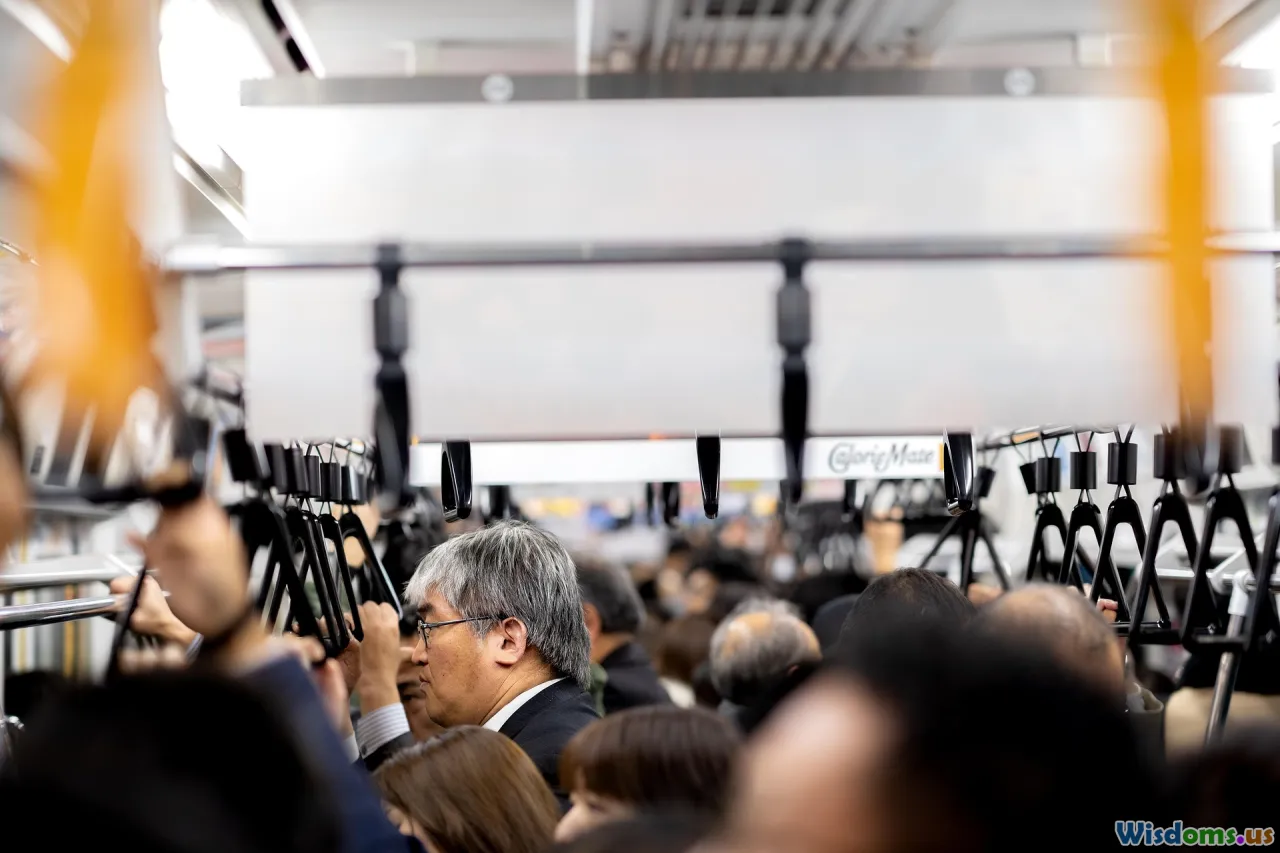
Mass adoption of public transit doesn’t happen overnight. It requires ongoing public education, safety assurances, and cultural shifts. Cities that succeed in moving people out of cars and onto buses or trains often run community campaigns promoting the environmental and personal benefits of transit.
- Melbourne’s "PT>car" (Public Transport is Greater Than Car) campaign
- Portland’s initiatives to offer free or discounted fares during ‘Car-Free Days’
These encourage a non-driving mindset—especially among younger generations—while visually demonstrating city-wide benefits, from clearer skies to more vibrant public spaces. Schools introducing eco-travel curriculums or employers offering transit passes are part of the equation, fostering behavior change at every age.
Real-World Success Stories: Case Studies from Global Cities
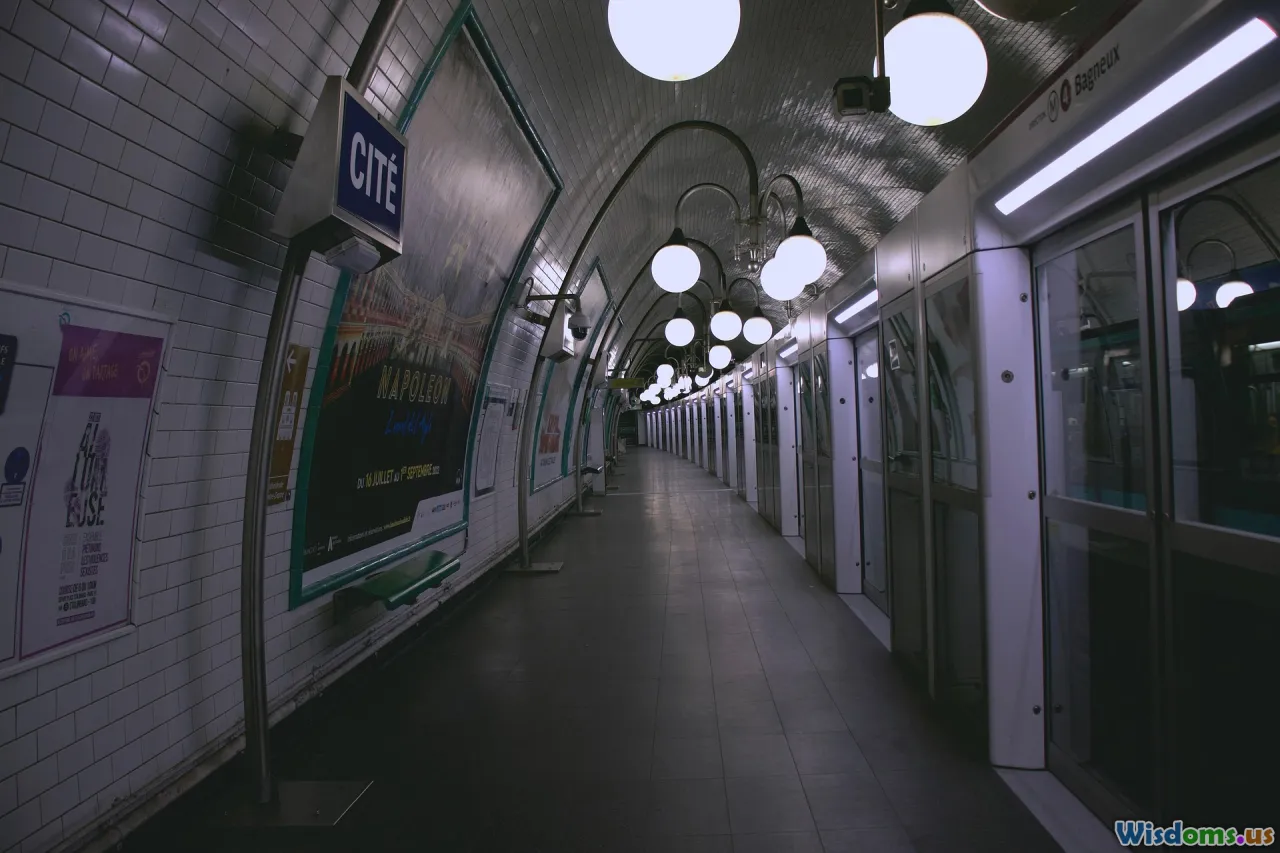
Paris: The Power of Political Will
With mayoral leadership and long-term investment, Paris expanded tramways, increased metro capacity, and created new rapid bus lanes. The city has to date closed major roads to cars on weekends and developed express cycling lanes radiating from train stations. Between 2001 and 2018, motor vehicle use in the city center dropped by almost 45% while nitrogen dioxide emissions fell by 40%. Parisians are now more likely to use trams or shared bikes than to drive.
Seoul: Restoring the Cheonggyecheon Stream
Seoul's bold decision to tear down a motorway and unveil a once-buried stream was paired with expanding underground rail and dedicated bus corridors. The result: not only a greener, cleaner city center and the return of native fish and birds, but a 15% reduction in vehicle use and dramatic improvements in public space quality.
Vancouver: Making Transit the Heartbeat of the Region
Through continuous investment and dedicated bus lanes on all major arterials, Vancouver made “SkyTrain plus bus” the city’s 24/7 eco-mobility system. Since 2000, despite population growth, vehicle kilometers traveled have plateaued while transit ridership increased by more than 80%, slashing local per-capita emissions.
Actionable Steps for Cities and Residents

For Cities and Planners:
- Prioritize infrastructure funding for public transit over new expressways.
- Integrate smart tech: Use real-time data for better service, include bike and scooter sharing options at stations.
- Design compact, mixed-use neighborhoods around transit stops.
- Make it easy: Ensure transit is affordable, safe, and accessible to all, including children, elderly, and disabled passengers.
- Introduce low or zero-emission fleets as soon as possible.
For Citizens and Commuters:
- Choose transit whenever possible to cut personal carbon footprints by up to 30%.
- Try active commutes: Walk or cycle to transit stops.
- Advocate: Urge local representatives to invest in and expand transit service.
- Stay informed: Use apps for efficient and stress-free journeys.
Surveys repeatedly show that once convenient, clean, and safe public transit is available, people are eager to make the switch—and urban communities reap the rewards.
Cities worldwide stand at a crossroads. By embracing public transport as the linchpin of urban sustainability, we create not just cleaner air or quieter streets, but more equitable, healthy, and vibrant places to live. The eco-friendliest city is one where moving together is better, not just greener, for everyone.
Rate the Post
User Reviews
Popular Posts










